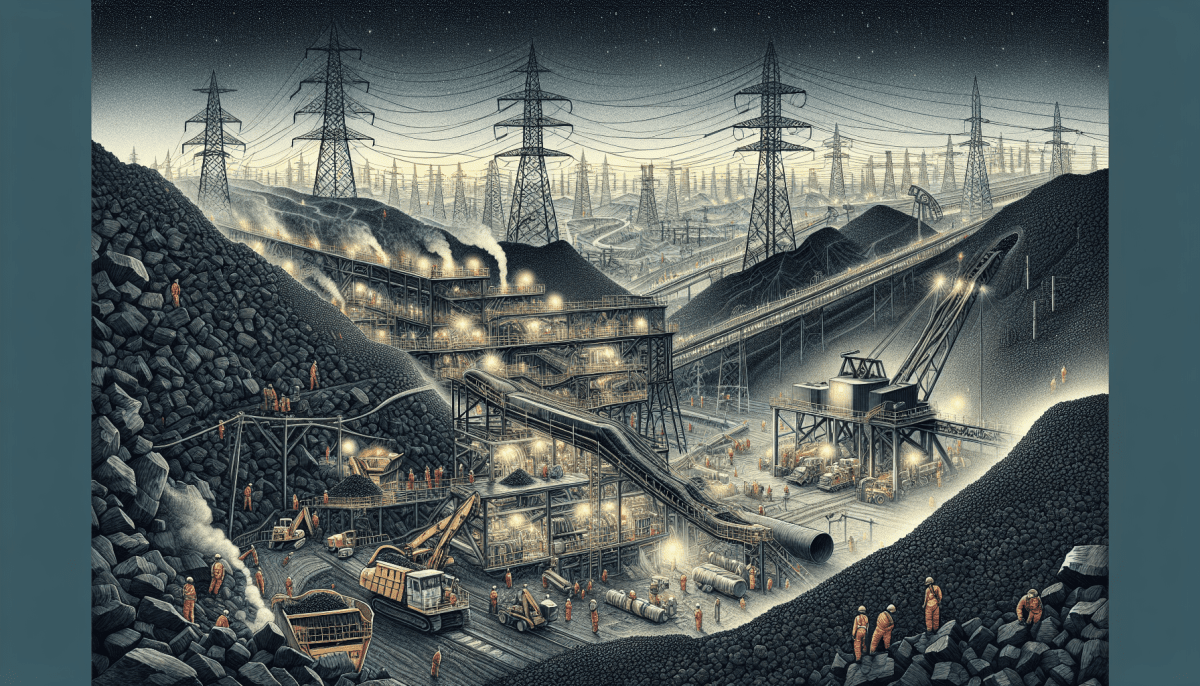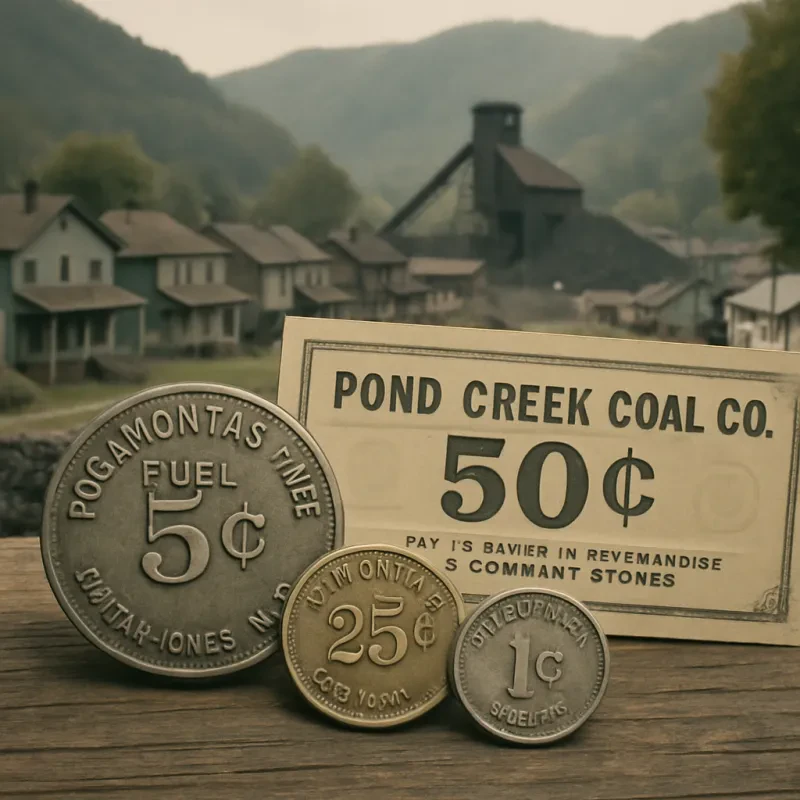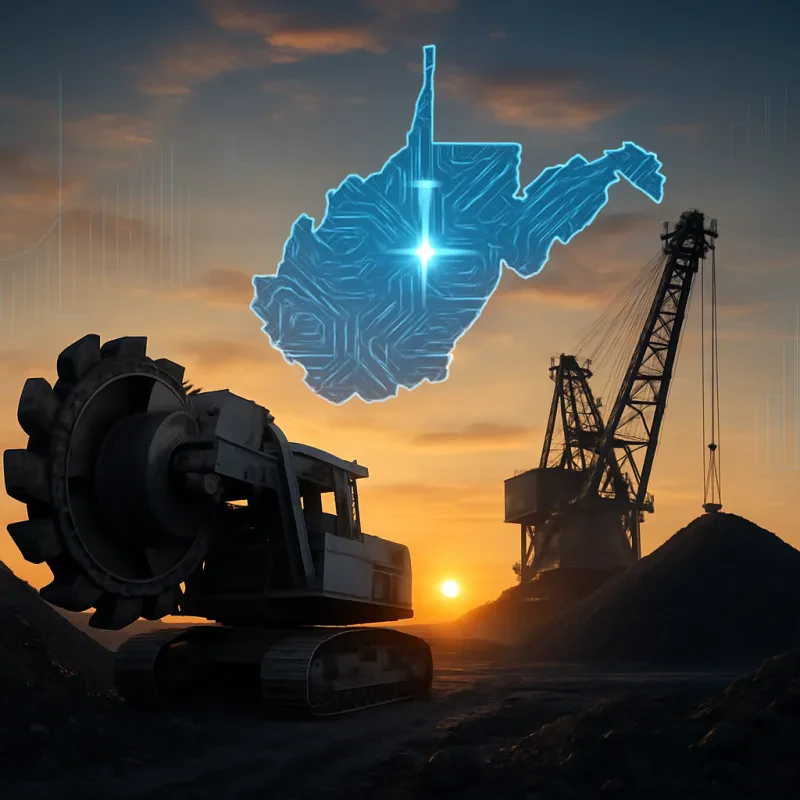Coal energy is one of the oldest and most established sources of energy used across the globe. It comes from ancient plant materials that have been buried and compressed over millions of years, transforming into the black rock we know today. This material is mainly made up of carbon, along with other elements, which release energy when burned. Many countries have relied on coal used for electricity for decades, making it a cornerstone of the energy industry.
When coal is burned, it generates heat, which is then used to produce steam. This steam spins turbines that are connected to generators, converting the mechanical energy into electrical energy. This process is fundamental in coal-fired power plants, where large quantities of coal are burned to produce the steam needed for electricity generation. Despite the rise of alternative energy sources, coal continues to play a significant role in meeting the world’s energy demands.
One of the reasons coal has been widely used for electricity generation is its availability and affordability. Many regions have abundant coal reserves, making it an accessible option for powering homes and industries. While there are concerns about the environmental impact of burning coal, advances in technology have led to cleaner methods of electricity generation, such as carbon capture and storage. However, the debate about the sustainability of coal remains ongoing.
Coal used for electricity has undergone many changes throughout the years, evolving from a primary energy source to a more controversial one. As countries strive to reduce carbon emissions and adopt cleaner energy sources, the landscape of coal energy is changing. Nonetheless, it still contributes significantly to global electricity production, highlighting the need for a balanced approach in addressing energy needs and environmental concerns.
How Coal Powers Electricity
Coal has been a vital resource in generating electricity for many years. When we think of power plants, we often picture large facilities that utilize coal to produce the energy we rely on daily. The process begins with coal being mined from the earth, where it is then transported to power plants. Here, it goes through several steps to transform it from solid rock into electricity.
At the power plant, coal is crushed into a fine powder and mixed with air. This mixture is then burned in a large furnace. The fire produces extremely hot gases that pass through water-filled tubes. As these gases travel through the tubes, they heat the water, turning it into steam. This steam builds up pressure and is used to spin a turbine. It is this spinning turbine that generates electricity, which can then be distributed to homes and businesses.
The process of generating electricity with coal is efficient, but it does have some environmental concerns. Burning coal releases carbon dioxide and other pollutants into the atmosphere. As a result, many countries are looking for cleaner alternatives. However, coal is still a significant player in the energy landscape because of its abundant availability and established infrastructure.
Benefits of Using Coal
Another advantage of coal used for electricity is its cost-effectiveness. In many regions, coal remains one of the cheapest sources of fuel for power plants. This affordability helps stabilize energy prices and provides an economical option for electricity generation. As a result, coal helps keep electricity rates lower for consumers and businesses alike.
Additionally, coal-fired power plants are capable of generating electricity on a large scale. They can produce a significant amount of energy, which is essential for meeting the growing demands of urbanization and industrialization. This capability ensures that cities and communities have access to the electricity they need for daily life and economic activities.
Lastly, advancements in technology have made coal used for electricity cleaner than before. Modern coal plants are equipped with advanced emissions control systems that reduce harmful pollutants released into the atmosphere. This means that using coal for electricity generation can be done with a lesser environmental impact, making it a more viable option in the transition towards cleaner energy solutions.
Future of Coal Energy
As technology evolves, there is an increasing focus on cleaner coal technologies. Innovations such as carbon capture and storage (CCS) aim to reduce the environmental impact of burning coal. These technologies capture CO2 emissions before they reach the atmosphere, making coal used for electricity generation more environmentally friendly. By investing in such technologies, countries can continue to harness coal’s energy while addressing climate change concerns.
Furthermore, as renewable energy sources like wind and solar become more prevalent, coal may still play a complementary role. During periods when renewable energy output is low, coal-fired power plants can provide the necessary backup. This synergy can help stabilize the electricity grid, ensuring a reliable energy supply. Thus, even as the push for renewables intensifies, coal used for electricity generation may still find its place in the energy landscape.







